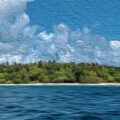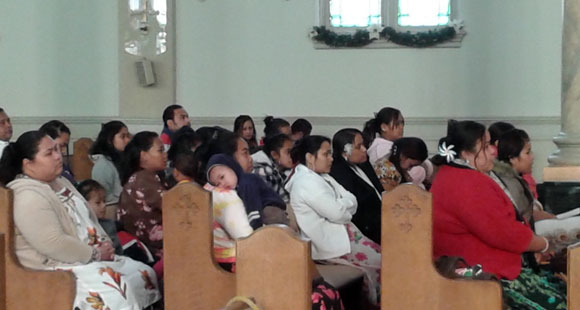I Lift My Lamp
I was inspired by the pilgrimage I made here in New York last weekend. Not to a church or a holy site, but to a secular shrine. Not even to the World Trade Center, the scene of the terrorist attacks 12 years ago and a site visited by millions each year.
It was to the Statue of Liberty, that towering bronze woman, a gift of France in the late 19th century, the symbol of what this country stands for. ?I lift my lamp? says the verse on the plaque at the base of the statue. But what lamp is that?? What does the torch that the robed woman holds aloft mean?
Perhaps it was, as the brochure suggests, ?liberty enlightening the world.? But that doesn?t exactly send shivers down my spine. Liberty is a word that can mean any number of things. Lately it has been a little too closely identified in the popular mind with ?democracy.? But that value has become tarnished as the US again and again has offered not so much democracy as a how-to-do-it guidebook for putting democracy into practice.
I like to think that the torch means something else, something a lot more simple. To me it?s a lamp to light the harbor so that those ships carrying their steerage passengers, the bottom-dwellers from other lands, can be guided into port. The giant woman, according to Emma Lazarus, is ?Mother of Exiles.?? The invitation on the plaque does not speak to moneyed investors, doctoral candidates, elite scientists. The inscription reads (and now I am getting shivers!):
?Give me your tired, your poor, your huddled masses yearning to breathe free, the wretched refuse of your teeming shore.?
Nice, huh? You don?t have to be a star to enter. Refugees of any sort will do just fine.
?From her beacon hand glows world-wide welcome,? Emma Lazarus?s poem continues. A light of welcome to foreigners! Just like the light that people used to leave shining on their porch as a welcome to visitors. Imagine that! Not a barrier, like the fence that guards the border between the US and Mexico, but a welcome.
What makes this shrine special for me is that it links the past and the present so well. My grandparents would have been guided by the light as they came from Germany in the late 1800s. Then there were the relatives on the other side of the family from Ireland, perhaps during one of the many potato famines. This is not to neglect the Swedes, Italians, Poles, Lithuanians, Nigerians, Mexicans, Puerto Ricans, Filipinos, Chinese and whoever else arrived. All of us Americans have ties with people who entered the harbor at some point or other. There were 5,000 of them daily, according to the film we watched on Ellis Island.
They?re still coming. Not just those from the larger countries of the world, but now our own islanders, my adopted relatives. Micronesians from FSM coming in at the rate of 2,000 each year and another 1,000 Marshallese yearly. They?re not bringing with them lots of money, or guarantees of a steady work, or health insurance. So they?ll just have to do what my grandparents did and count on scraping and saving until all those things are taken care of. Meanwhile, they follow the light of the torch?these ?tired and poor??in the hope of making a new life for themselves. Isn?t that the American way? Aren?t we all immigrants?






